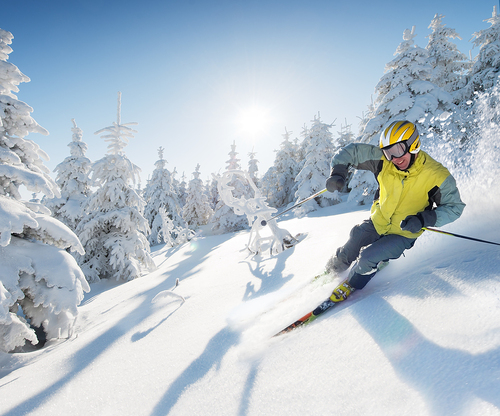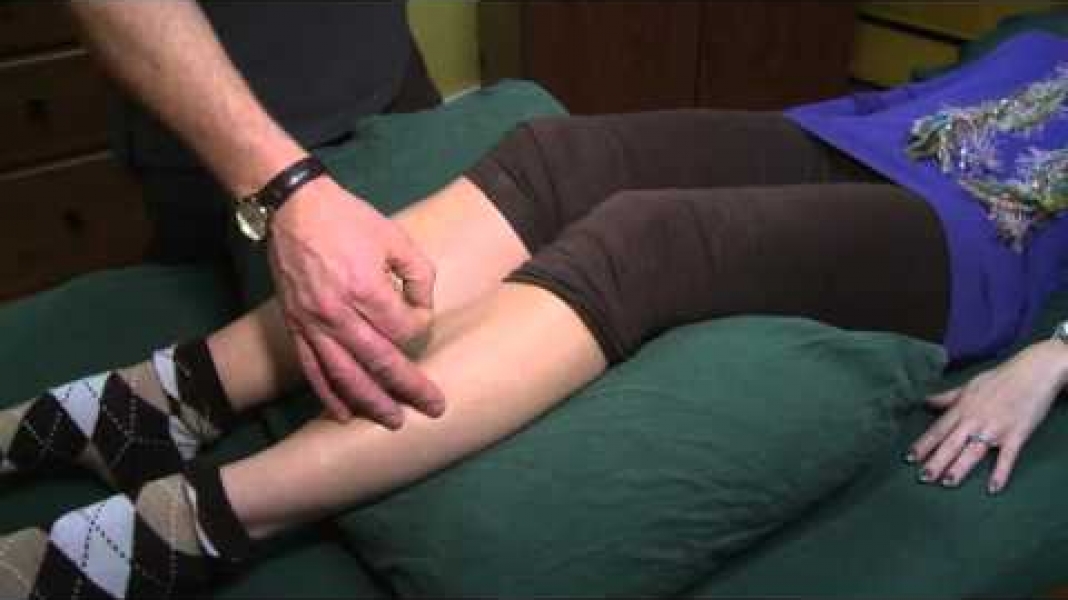

by Carl Parnham RMT
First of all, regardless of the objective of a treatment, a massage therapist is trained in using basic techniques such as “effleurage” (long gliding strokes) and “petrassage” –(kneading, circular motions, bending and picking up of the tissues).Basically, the goal of the treatment drives the way effleurage and petrassage are used (speed, force, angle, timing), where they are applied and the amount of time needed for assessment and evaluation. The treatment time needs to be anywhere from 30 minutes to 1.5 hour depending on the nature of the problem, body size, muscle tone and different areas involved directly or indirectly with an imbalance.
So for most clients, a relaxation or a deep tissue massage will be the right match, especially if we are not dealing with an injury problem. An hour is usually adequate, or if a whole body focus is required, more like 1.5 hour. For athletes coming in for a sports massage, they we are usually dealing with chronic injuries and the techniques are more demanding on the therapist, especially with the greater muscle mass many athletes have. Regardless, in sports massage and injury rehabilitation, we are working harder and spending more time, both in treatment and out. One of the benefits of a clinic like ATP where we work as a team, for both practitioner and client, is that we collaborate in assessing and reviewing challenging cases that need a multidisciplinary approach. With sports and injury rehabilitation massage, we also take extra time to reassess and discuss a clients problem to come up with the best possible strategy for recovery and performance.
Deep tissue and relaxation massage services usually has a common goal of general pain management and well being through muscle tension release, restoration of circulation, and general stress reduction. It mainly involves slow to very slow strokes for warming the muscles and assessing the tissues. We use compressions to focus mainly on knots (usually motor points and trigger points). A 1 hour session usually cover one half of the body adequately, either from the waste up or the waste down. People have misconceptions about deep tissue massage, thinking that it should hurt, and if it didn’t, the massage therapist didn’t do his job. First of all, it shouldn’t have to hurt – the tissues need to be prepared and engaged as they are ready. If you are hurting, then the muscles resist a deeper touch. And second, there should be a realization that to achieve a deeper therapeutic goal takes some time. After 2 or 3 treatments your body starts to recognize the same touch and your muscles release easier and faster. Your muscles become “conditioned” and the connective tissue strengthens in response to a progressive “stress” of massage, and can now take more pressure. Here the massage therapist is able to go deeper and have a greater release of soft tissues.
With sports massage, it depends if we are talking post or pre-workout. Pre workout sports massage is mainly focused on waking the muscles up and helping prevent workout-related injuries. This treatment is actually a workout for the therapist! Here he or she is constantly moving, employing techniques that are fast and vigorous. It’s all about increasing blood flow to the muscles that with soon be challenged in sport. Increasing blood supply and oxygen levels in the muscle creates a stronger contraction of the muscles with less chance of injury. This treatment stretches the fascia surrounding the muscles allowing for a smoother glide of the muscles. When the work is being done we are also stimulating the proprioceptors — these communicate with your brain about posture, movement and changes in equilibrium — and if these are ready, your hand eye coordination is better (or hand foot, etc). A 1 hour treatment of the pre massage could possibly cover the entire body.
With a post workout sports massage, we are looking at reducing muscle pain from strain and lactic acid accumulation, speeding up recovery time and preventing injury. This kind of massage is very similar to deep tissue, however with a sports massage, we put more attention and detail into every stroke with a greater focus on tendons, ligaments, and subtleties that may not be as relevant when a client is not focused on performance. This treatment is all about muscle recovery and can take extra time depending on the focus. After a run your legs can become weak with the possibility of a spasm or cramp. A 1 hour treatment of the post would cover just shoulders and arms, back and glutes, or just legs.
With an injury massage, it depends on if it’s a recent problem (acute) or a long standing and recurring old injury (chronic). In an acute problem, we focus on quick recovery, so we do pain management, possible inflammation reduction and never work the area below the injury on limbs. If there is inflammation in the knee and you work the calf below, we may be releasing the unoxygenated blood and toxins to where it has no way of getting back to the heart which pumps it to the lungs and the rest if the organs like the liver and kidney. It’s like adding more cars to a traffic jam, yes the cars get through eventually but it’s only making the situation worse! If it’s a chronic injury our main goal is to restore function by enabling the body to move in the proper range of motion in training. We can go in and use cross friction fiber strokes to break up scar tissue and sticky adhesions of tissues that should be separate. This helps create better mobility and range of motion. In this case, unlike an acute injury, we work from the extremities up to the injury because now we can release the tension and the unoxygenated blood and toxins can flow through without getting jammed up with the main problem’s inflammation too.[TP1] The massage sets the stage for a client to heal faster by being able to challenge his or her tissues during workouts in progressively normal tensions and orientations. Treatment can vary depending on the injury, but are usually 1 hour – 1 ½ hours is required to focus on the injured tissues.




